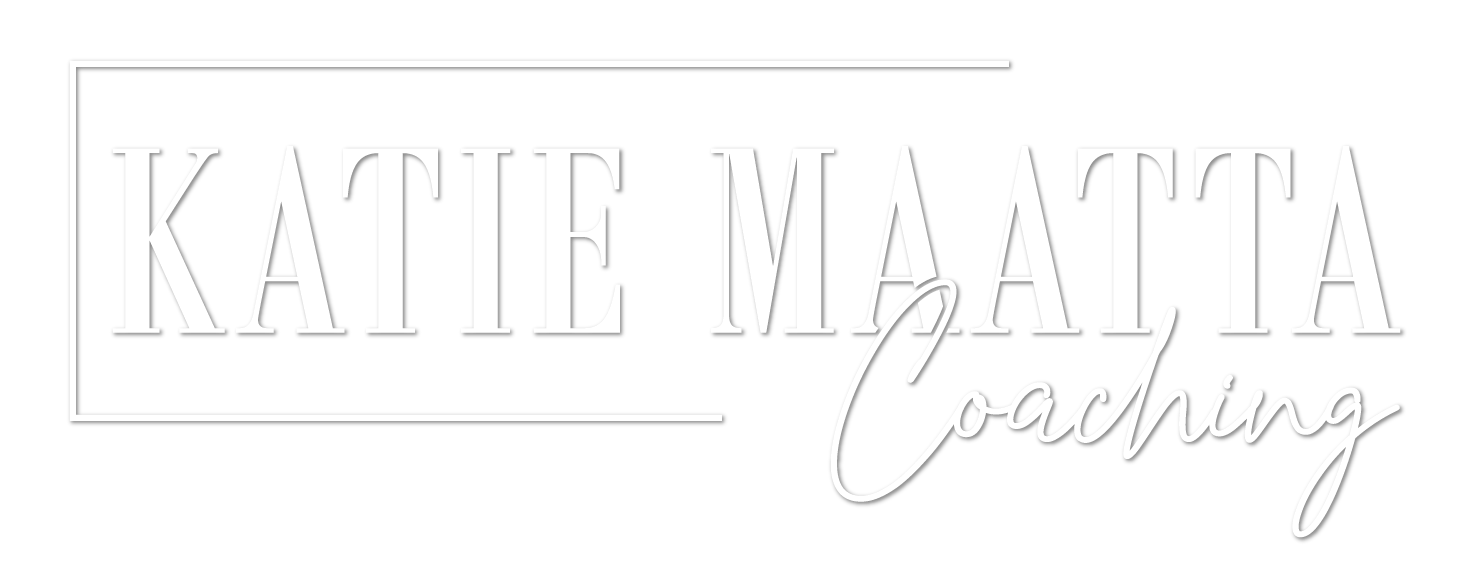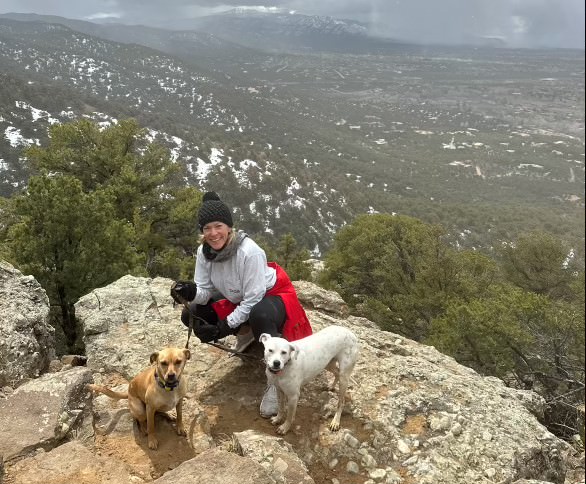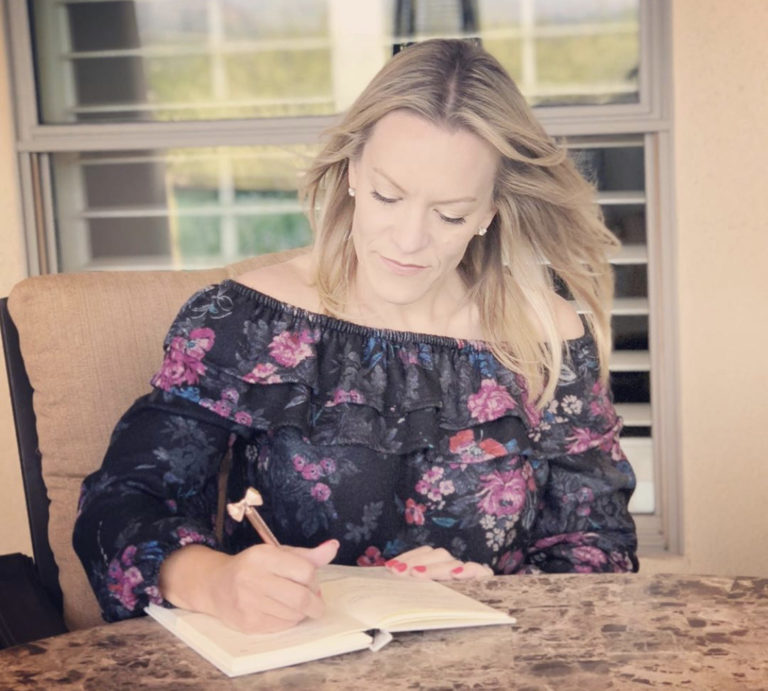I loved this book…it is such a good introduction to mindfulness and meditation.
Bhante Gunaratana begins by challenging us to figure out why would we should consider adding mediation to our lives. What benefits are there? How will it change me from the inside out, not simply change the way I live in my community? He calls out the suffering we all experience in our lives and how like clearing a forest, we can clear the negative thoughts in our mind to prepare it for good energy and change. Like any good teacher, he instructs us that we cannot believe words written on the page, we must dive in ourselves to notice and feel the effects, for they cannot be justly explained by anyone. The simplicity of his explanations is what makes this such a popular book.
Meditation has a lot of forms and definitions. The meditation taught here is vipassana which translates to mean seeing in a very special way. There are many misconceptions in meditation that should be righted if a client were to have an ill-conceived notion. Some of these include that it is only for relaxation, that it’s dangerous and scary, that it’s a precursor to having psychic powers, and that it cannot be understood by a regular man. Meditation in and of itself, can be a very relaxing experience, it can be scary, you may develop psychic powers when doing it, and it can be hard to understand. Personally, I love the idea that it will relax me and have never found meditation to be a scary thing. Though I have heard in prisons when using meditation, some men scream because they cannot handle the thoughts that bubble up. All these misconceptions are true in a sense, but we have to dive deeper to really understand the meaning of meditation.
What it is about can be slightly different to different people. However, meditation gives people a way to see things more clearly and have a deeper understanding of life. It allows choice with what we know. This can be a little confusing, what is it that we know? Meditation can create a space that defines our life not by what happens in it, but by how we feel about what happens. How we feel when we go about our meditation for the first time or the 500th is very important. Guanaratana explains that just as electrons have to be an event that is observed, your attitude towards meditation can ensure your triumph. We must be kind and take things as they come. Our viewpoint is just as important as what we are actually seeing. I love this concept so much, it truly is seeing the silver lining in any challenge or confrontation that we experience. It’s pointless to be too hard on yourself. Letting go of the strain, the expectations, the rush, the pondering are all helpful suggestions to enhance your experience. Just by being with myself, I have given myself a break, been easier and lighter, and meditation has given me that.
After preparing your mind and learning what is and isn’t this journey of meditation, the first practical guide is to focus on your breath. This is one thing we take wherever we go, so getting used to this will ensure you can meditate wherever you are.
Another concept to keep in mind is lack of judgement, or making sure you’re viewing things as they really are, not simply what you are seeing through regular eyesight. When we learn to love ourselves truly, we get a sense of connectedness between our mind and body and everything around us.
When sitting down to meditate, it’s important to have a goal. I forget this sometimes in my preparedness. My rush to get to it doesn’t allow me time to mental focus before I turn the timer on and dive in! Gunaratana recommends to set a timeframe and do not move. This has been challenging to me when I feel pain in my back or a general restlessness. I found that I did some open ended meditation to see what was a natural timeframe and then I started upping the time on a timer to gain more practice. Gunaratana relates the mind with a cup of muddy water; the longer the cup sits, the more the mud and dirt will sink to the bottom. The longer we sit, the more our thoughts can sink down, I love this visualization! Calmness in the breath is something that works for me to focus on as well. Bringing my thoughts back to the breath no matter how much is wanders can be a challenge and I like the tips given in the book. These include different methods of counting, connecting the inhalations with the exhalations (like one continuous breath), fixating on a point where you feel the breath going in and out of your nostrils, and simply noticing the breath going in and out. I cannot seem to feel the breath around my nostrils, but I like to do counting exercises or connecting the inhales and exhales. He speaks of a sign that will become available in time. I have not experienced this yet! This leads to insight meditation which will give you what is called momentary concentration, the mind uniting with the present moment.
My favorite posture that is suggested is a Native American position. I sit on a lounge chair in my room that allows my spine to be completely upright. This is the most comfortable for me. I can have physical pain when I am on a hard floor. My practice has also allowed me to set a better structure or schedule. I now usually wake up, attend to myself for a bit, and then proceed right to my chair before anyone else gets up. This doesn’t happen every single day, but it has been the most reliable method for me. I have also tried setting intentions prior to mediation, I love this practice if something in particular is bothering me. It helps me clear the noise so the subject doesn’t keep coming up during my session. As it says in the book, it balances my negative feelings with positive intention.
When dealing with problems, there are ample suggestions. My biggest problems during meditation were physical pain and drowsiness. I have overcome both with the right position. I used to lie down and inevitably fall asleep. Now the position allows me to be comfortable and aware. Others can experience fear, boredom, a dullness, or resistance. Many times you can solve these by going back to your initial attitude about your practice.
The universal loving friendliness is the most amazing gift that I get from my meditation. My sessions really do give me the feeling that I am connected to every living thing. I can talk to plants, pet my dog, and better understand my children, friends, and others. Being mindful and aware in my practice gives me a connection to the universe that I haven’t felt before nor can I describe. Meditation doesn’t depend on me and how I will come into it. My state of mind can change drastically because of meditation. The different techniques such as slow-motion activity and walking meditation have breathed new life in the everyday as well. If I miss a “regular” morning session, I can tune in during the day, even if it’s just for a few minutes. This is the best gift of all. Being able to depend on that feeling whenever I need to.







